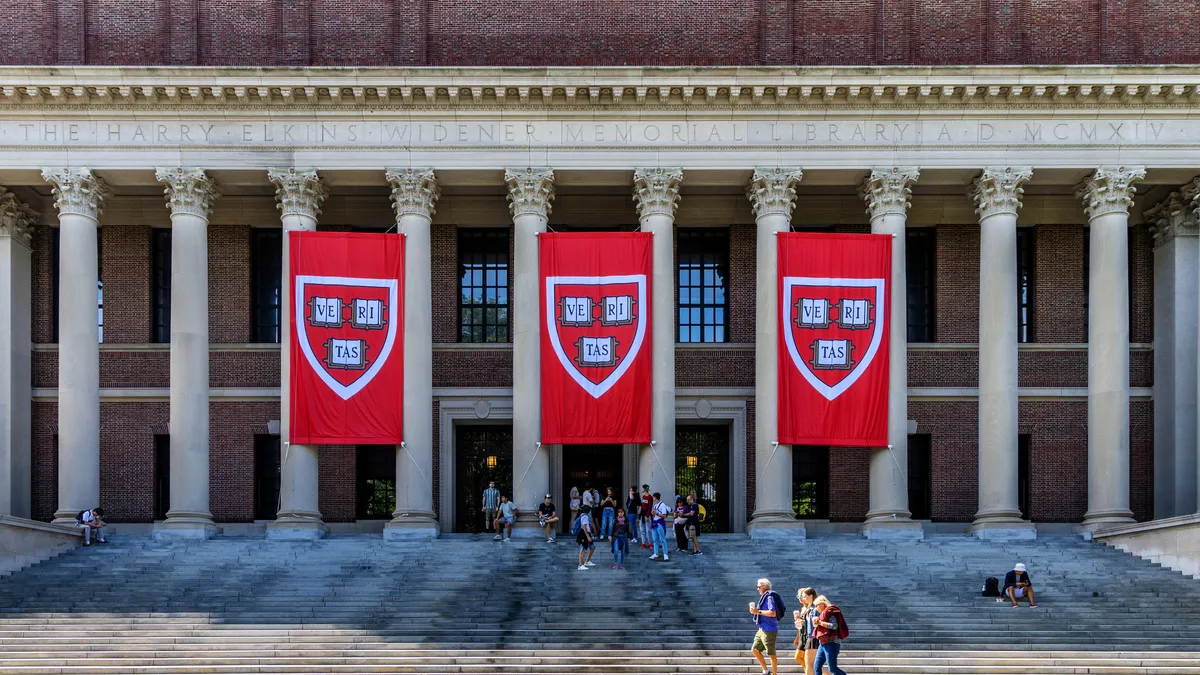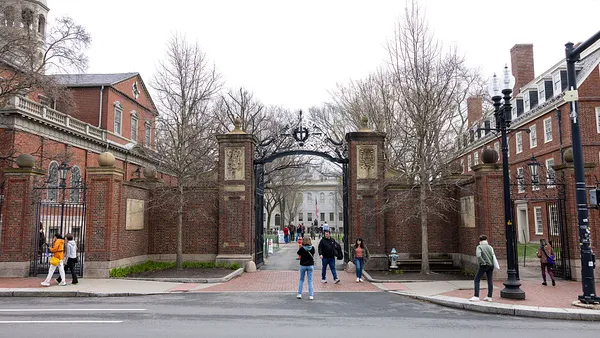Hispanic women saw lower college graduation rates, earnings and employment following state bans on race-conscious admissions that occurred before the U.S. Supreme Court’s decision blocking the practice nationwide, a recent working paper by the National Bureau of Economic Research found.
Earnings among Black women also declined following the bans, although the change was not considered statistically significant by researchers. Meanwhile, earnings among White women and Black men both improved after race-conscious admissions policies were struck down.
However, the earnings increase among Black men is “insignificant,” said Michael Lovenheim, an economics professor at Cornell University and a co-author of the paper. That’s because the effect wasn’t substantial and the sample size used in the study for Black men wasn’t “terribly large,” Lovenheim said.
The research can help higher education officials understand some of the potential impacts of the Supreme Court’s decision last year — a ruling scholars predicted would make it harder for selective colleges to create diverse student bodies.
Since then, enrollment of Black, Hispanic and other racial and ethnic minority groups have declined at several highly selective institutions, including Brown University and the Massachusetts Institute of Technology.
To get a sense of the effect the Supreme Court’s ruling could have on underrepresented populations, the new working paper reviewed U.S. Census data from Washington, Texas, Florida and California, the first four out of nine states that barred race-conscious admissions before the high court.
The paper refers to these policies as affirmative action bans, though some experts argue that race-conscious admissions is a more accurate term.
The bans exacerbated racial and ethnic inequality across groups of women, Lovenheim said. “Higher education institutions, I think, should be aware of this feature and think about other ways they can support equity in access and outcomes,” he said.
Hispanic women saw the largest adverse effects.
Their earnings fell 8.1%, and their employment rates decreased 3.6 percentage points. Hispanic women also saw a 4 percentage point decline in collegiate attainment.
Not all groups experienced declines, however.
White women experienced a 3.3% increase in earnings following race-conscious admissions bans. The paper also suggests that rolling back race-conscious admissions may have actually improved labor market outcomes for Black men — including a “modest positive impact” on their earnings.
This finding may provide some evidence for a common argument about race-conscious admissions. Some scholars argue that “affirmative action can harm individuals because it’s bringing people into universities that have less academic preparation than the average person, so bans could help these students by sorting them into universities that are a better academic match for them,” Lovenheim said.
While the findings suggest that could be the case for Black men, Lovenheim emphasized that he and the other researchers behind the paper do not want to put too much stock into that assumption.
The paper offers several possible explanations for the disparities.
Girls tend to outperform boys academically before college, a gap that is “significantly larger” among underrepresented minorities, the report stated. That suggests women from underrepresented minority groups would more likely benefit from affirmative action policies in admissions at selective institutions “and thus be more likely to be harmed by affirmative action bans,” the report stated.
The researchers found sizable differences in how rolling back race-conscious admissions impacted each of the four states, which differ in racial makeup and the levels of selectivity among its public colleges, Lovenheim said. California, for instance, has more selective public universities than Florida and Washington, he said.
“To practice affirmative action, you need to have selective admissions,” Lovenheim said. “The less selective the university, the less they can really practice affirmative action or take advantage of any preferences they have in the admission process.”
However, the reasons behind the state by state differences went beyond the scope of the paper and should be considered in future research, Lovenheim added.





















